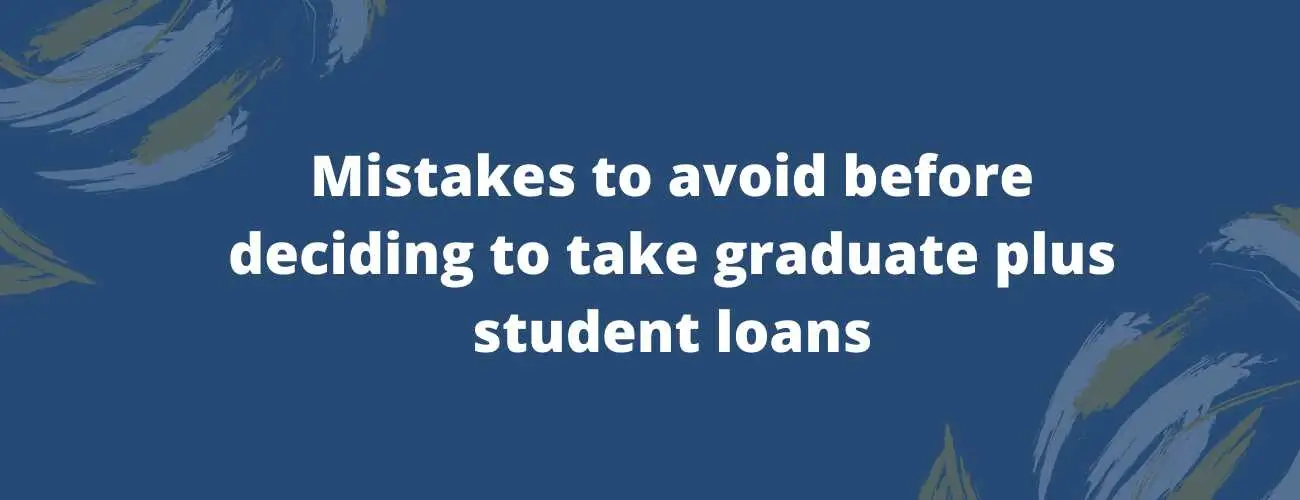What is A Federal Direct Loan?
Federal direct loans are a great way to tackle and manage the rise in education costs. Read on to get a detail comparative study between federal direct loans and private student loans. Learn more about how they work, the types, how you can get it and much more.
Updated by Jason Joy Manoj on 9th September 2020
With the rise in educational costs, any kind of financial aid would be helpful. Federal direct loans are one such form of aid which helps in covering tuition costs. It was reported by the US Department of Education that almost half of the students who start college do not graduate and do not complete their degrees within six years.
Here are some statistics as per usnews.com; the tuition fees of private national universities have increased at an average of 154%, the out of state tuition for public universities has increased at an average of 181% and the in-state tuition fees have increased at a whopping 221% on average. It is safe to say that the rising tuition costs each year has played a major role in students having difficulty in completing their degree.
How do students tackle this increasing tuition costs? Even with the available grants and scholarships, there are still some outstanding costs that can only be covered with loans. Lets us explore how Federal direct loans can help you and why they are formidable to the eye-catching and oh so very tempting private student loans.
Table of contents
- What is a Federal Direct Loan? How do they work?
- Types
- How to get it
- Direct loans and private student loans
What is a Federal Direct Loan?
Federal Direct Student Loans are those loans that are completely funded by the Government through the William D Ford Federal Direct Loan Program which is also known as the Direct Loan Program.
Under the Federal Direct Loan Program, you can get subsidized direct loans, unsubsidized direct loans, direct plus loans, and direct consolidation loans. You will have to demonstrate a financial need in order to qualify for direct subsidized loans. The direct plus loans also include the parent plus loans.
Undergraduate students, graduate students, and parents of college students can receive funding by the Federal Student Aid Office through the Direct Loan Program. This funding aims at covering costs incurred by students while still enrolled in college. Although they aren’t known as the US Department of education loans, all federal student loans are from the US Department of education.
Stafford Loans
There are two kinds of Federal direct loans most commonly known as direct subsidized and direct unsubsidized student loans, particularly for undergraduates. They are also referred to as Stafford loans.
How do Federal Direct Student Loans work?
Under the Federal Direct Loan Program, there are subsidized direct loans, unsubsidized direct loans, direct PLUS loans, and direct consolidation loans. Based on indicated financial need there is only one type of a direct loan, which is the subsidized direct loan. The interest in these kinds of loans is paid by the Department of Education.
Apart from the lower interest rates, federal loans offer benefits such as favorable repayment programs and benefits such as eligibility for loan forgiveness and consolidation programs.
Federal Direct Loan amounts
Federal Direct loans have maximum amounts that are set each year. With a set aggregate amount there is an increase in the total maximum yearly amount with each successive year.
All student borrowers must fill-up the Federal Student Aid (FAFSA) form to receive funding.
Federal Student Loans Guide helps you understand the various key factors before you make any decision regarding your student loans. The application process and eligibility criteria can save a good deal of your time. Knowing the types of suitable loan can help you take advantage of the relief program each offers you in times of crisis. Choosing the right repayment options will help you make an informed decision to manage your expenses in the future.
Types of Federal Direct Loans
With the termination of Perkin Loans and FFEL loans, all federal student loans are now only available under the Direct Loan Program. For students in the U.S, the Direct Loan Program is the most common way to get federal aid for college.
As per student loan debt statistics, there are about $1 trillion in the total outstanding balance of all the Direct Loans which accounts for about three-quarters of all federal loan funding.
Here are the types of federal direct student loans along with the rates, fee, and limits
|
Type of Direct Loan |
Who is it for? |
Interest rate offered |
One-time loan fee offered |
|
Federal Direct Subsidized loans |
Undergraduate students who have demonstrated financial need |
4.45% |
1.07% |
|
Federal Direct Unsubsidized |
Undergraduate students |
4.45% |
1.07% |
|
Unsubsidized (for graduate students) |
Students who are working towards a graduate or professional degree |
6.00% |
1.07% |
|
PLUS |
Graduate students and parents of undergraduate students |
7.00% |
4.26% |
|
Consolidation |
Student loan borrowers in repayment |
The weighted average of interest rates on loans being consolidated |
Varies |
With a direct subsidized loan, a borrower can expect interest subsidies that lower the interest payments to be made. While still enrolled in college the borrower can defer loan payments to be made.
It should be noted that Direct Subsidized loans are a need-based loan offered to those students who demonstrate a financial need. This is done by filling out the Free Application for Federal Student Aid (FAFSA).
Looking to modify your student loans?
With the Direct Loan Program which includes subsidized and unsubsidized federal student loans, a borrower has an option to modify their loans even during their repayment. By direct consolidation, a borrower can combine a number of federal loans into a single loan which helps in making the monthly payments more manageable. It even helps keep track of the payments.
Learn more about your federal student loan options
How to get a Federal Direct Loan
In order to get a Federal Direct Student Loan here are the steps to become eligible and receive a Direct Loan -
Step 1. Fulfill federal aid eligibility requirements
The Direct Loan Program has a number of set laws and policies which have a number of requirements to be met. So it is important to watch out for those eligibilities and requirements and fulfill them to enjoy Federal benefits.
Step 2. Create an FSA ID
In order to be eligible for Federal Student Aid, you will have to fill out the FAFSA form. In order to fill up the FAFSA, you will need an FSA ID which is used to log into your account and submit the FAFSA.
Step 3. Complete and submit FAFSA
In case you need to start filling up go to FAFSA.ed.gov, it will take close to an hour or lesser to complete the FAFSA. Those students who are unmarried and are under the age of 24 are known as dependent students. For these kinds of students, your parents will have to complete forms to submit with your FAFSA.
Step 4. Review any financial aid awarded
The information provided on the FAFSA form will be used to evaluate the need for the amount of financial aid. A financial aid award letter will be sent to outline all the student aid sent to you including any Direct Loans-which include direct subsidized and direct unsubsidized loans.
It is important to evaluate college costs to have an overall idea to understand how much to borrow. Once that is established, you can figure out which direct loan to go ahead with. The loans provided to you will be funded by the William D Ford Federal Direct Loan Program.
Here is a list of direct loans which you can use -
-
Subsidized federal direct loans: Subsidized direct student loans are the loans that have an interest subsidy. So the amount you will have to pay for your interest will be reduced.
-
Unsubsidized federal direct loans: Unsubsidized direct these are the loans that do not have an interest subsidy but have lower interest rates compared to the other federal student loans
-
Federal Unsubsidized direct loans for graduate students
-
PLUS loans, it should be noted that these loans have the highest interest rates and fees associated with them and are different from the above subsidized and unsubsidized direct student loans.
Step 5. Claim your Direct loans
You can claim the loans awarded to you from the school’s financial aid office. The student borrower will be asked to sign a promissory note. This note indicates the agreement to repay the loan and honor the terms of your direct loan both subsidized and unsubsidized loans.
The student loans will be disbursed through your college, which can be used on any outstanding charges. These charges can include tuition costs, on-campus living costs. Any of the remaining funds will also be disbursed as per the requirements.
Looking to refinance your student loans? Find the best companies to refinance.
Federal Direct Loans and Private student loans
Direct loans are given by the US Department of Education and funded by the William D Ford Federal Direct Loan Program, private student loans are provided by private banks and lenders. Here are some notable factors to help understand the difference between the two -
1) Qualifications for the loan - For federal direct loans you will not have to show any income, credit, or a cosigner to qualify. But in the case of PLUS loans, a borrower will be required to maintain a non-adverse credit history. But qualifying for a PLUS loan is easier than a private loan. In the case of a private student loan, a borrower will have to show a good income, credit and good job history. A cosigner is also usually required for private student loans. Private student loans without a cosigner are tough and rare and in order to get it. For student loans with no cosigner, many factors such as future income potential, etc come into play. Read more on how to get a student loan without a cosigner.
Meeting these requirements is hard for someone straight out of high school or for a recent graduate. In order to tackle this, it is advised to get a co-signer on board.
2) Student loan rates - The rates for a federal direct loan are fixed and are determined by the law. All borrowers are assigned the same rate irrespective of personal circumstances and qualifications.
Subsidized vs unsubsidized student loans:While subsidized student loans are not interest gathered when the student is in college, unsubsidized student loans accumulate interest while the student is in the college.
In the case of a private student loan, one can choose between a fixed or variable interest rate. Based on the borrower’s creditworthiness. If the borrower is well qualified then he or she can qualify for a loan at a low rate.
3) Loan protections - When you take a federal loan you will have a number of protections during the repayment of the loan like deferment, forbearance and much more. In the case of a subsidized loan, a borrower will not have to pay any interest (for the time the candidate is in the college, unlike unsubsidized loans).
Student loans are a great way to handle your tuition costs but they need to be chosen wisely. When compared to Federal student loans, private lenders provide fewer protections. They have their own set of rules for forbearance and deferment but they are harder to avail when compared to the options associated with a federal student loan.
Private student loans have their own set of advantages, they can be considered in certain situations. Consider the situation where a borrower qualifies for a PLUS loan but gets a high-interest rate, then they should consider a private student loan that offers a lower interest rate.
It is important to be well aware of all the options out there and have an in-depth understanding of what are the benefits one can avail. Once you enter the repayment phase the benefits will come in handy. It is advised to exhaust all your federal options and then go-ahead for the Private student loans available.
| Minumum Credit Score | Apply in as little as | Variable APR | Fixed APR | ||
|---|---|---|---|---|---|
 | Not Available | 15 minutes or less | 2.95 | 4.74 | View disclosures |
 | 620 | 2 minutes | 5.38%-16.99%1 | 4.43%-16.99%1 | View disclosures |
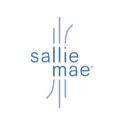 | Not Available | 15 minutes | 1.13% - 11.23%¹ (with autopay) | 3.50% - 12.60%¹ (with autopay) | View disclosures |
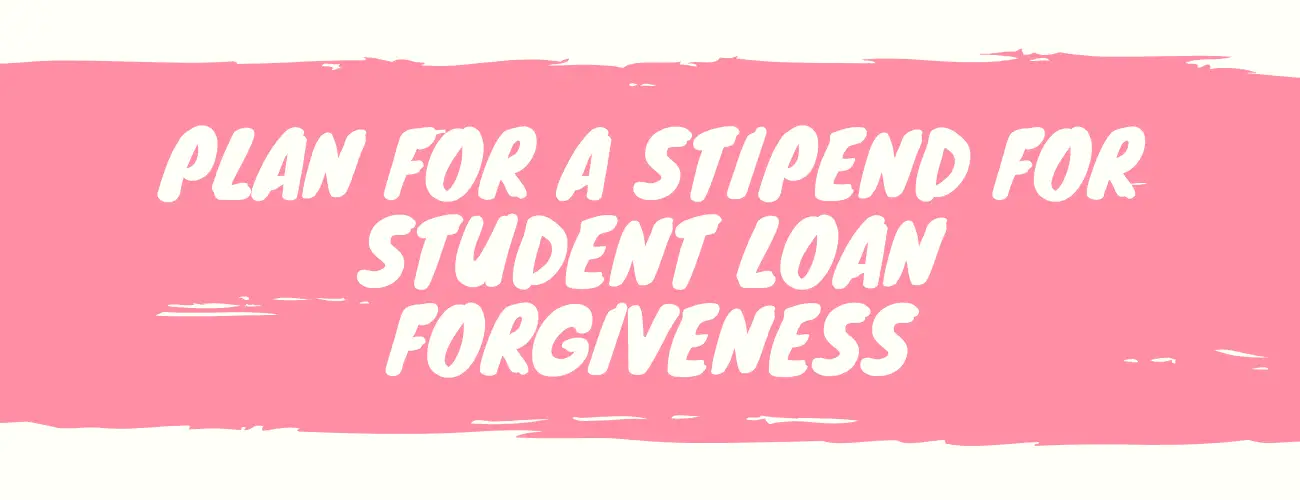
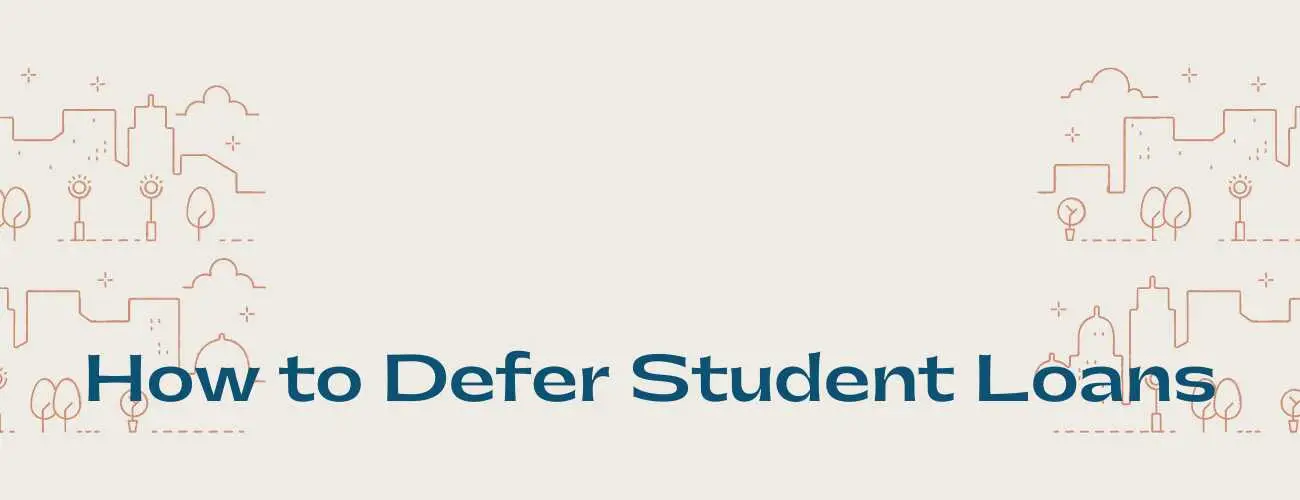
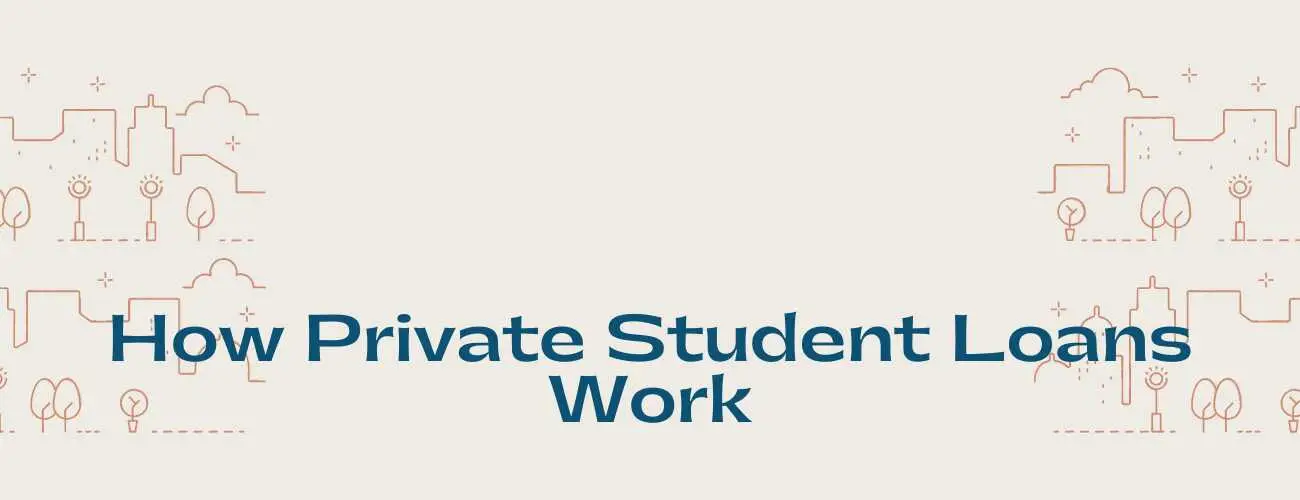
93.jpg)
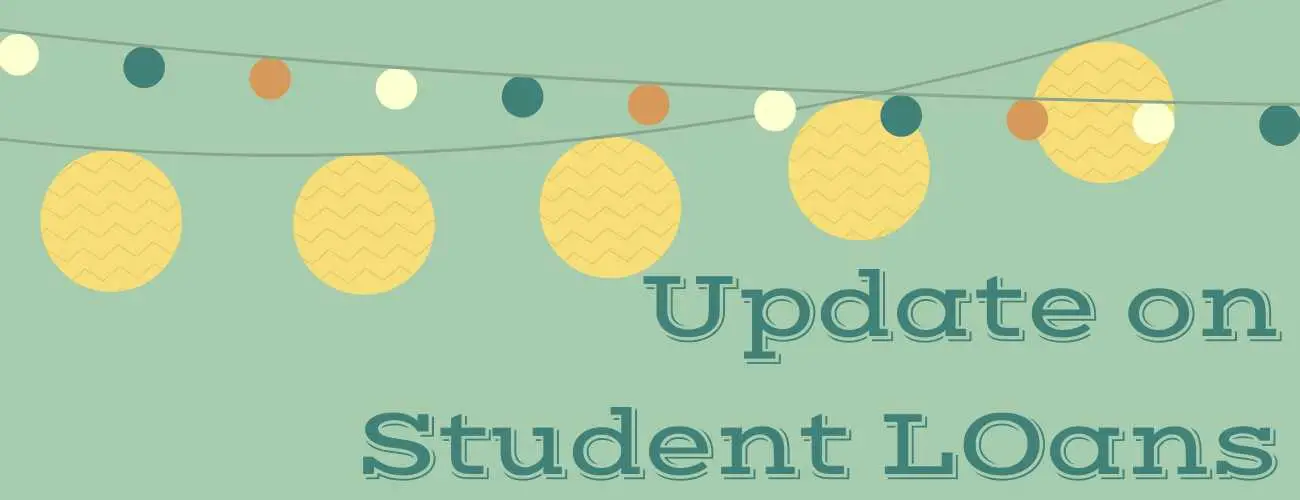
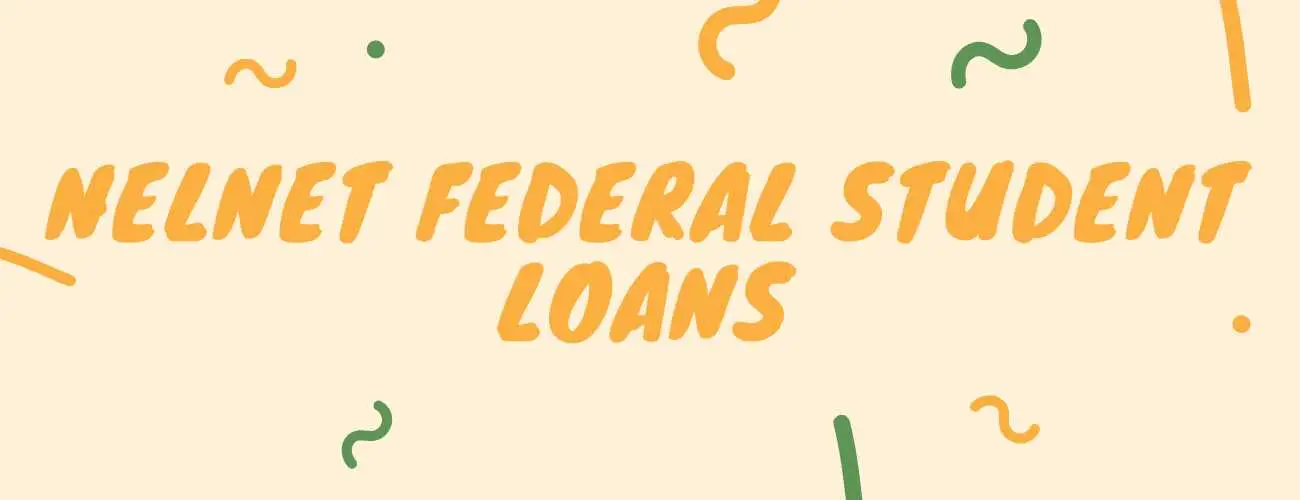
28.jpg)
